Hey there! If you’ve ever bought something from another country or sold goods overseas, you’ve probably come across the complex world of international shipping. It’s not just about putting items in a box and sending them off; it’s a crucial component of global trade.
And trust me, understanding shipping terms like FOB and DAP can make a world of difference in ensuring smooth transactions. Let’s dive in!
FOB (Free on Board)

FOB, or Free on Board, is a term that’s been around for a while and is essential in the realm of international shipping. It defines the point in the supply chain when a buyer or seller becomes liable for the goods being transported. Here’s a breakdown:
Seller’s Responsibilities
- Packaging: Ensuring the goods are well-packed for their journey.
- Export duties: Covering any taxes or fees to send the goods out of the country.
- Loading onto the vessel: Getting the goods on board safely.
Buyer’s Responsibilities
- Freight: Covering the cost of transporting the goods.
- Insurance: Making sure the goods are insured during transit.
- Unloading at destination: Taking the goods off the vessel once they arrive.
Advantages and Disadvantages of Using FOB Terms
- Pros: As a buyer, you have more control over shipping arrangements, which can lead to potentially lower costs.
- Cons: With great power comes great responsibility! The buyer has a higher responsibility, and there’s potential for more complex logistics.
Fun Fact: Did you know that the term “FOB Origin” means the buyer accepts the title of the goods at the shipment point? This means they assume all risk once the seller ships the product.
DAP (Delivered at Place)
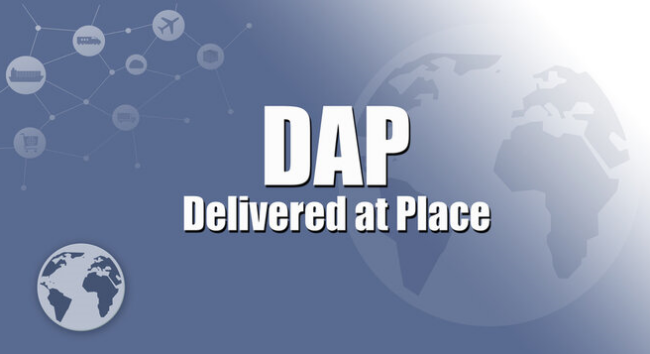
DAP, or Delivered-at-Place, is another crucial term in international shipping. It’s about a deal where the seller agrees to pay all costs and potentially suffer any losses of moving goods to a specific location. Here’s how it breaks down:
Seller’s Responsibilities
- Packaging: Just like with FOB, the goods need to be packed securely.
- Export duties: Covering those essential taxes and fees.
Transportation to destination: Ensuring the goods get to where they need to go.
Buyer’s Responsibilities
- Unloading: Taking the goods off the vessel.
- Import duties: Covering any taxes or fees to bring the goods into the country.
- Final delivery: Getting the goods to their final destination.
Advantages and Disadvantages of Using DAP Terms
- Pros: The seller bears more responsibility, which can make logistics simpler for the buyer.
- Cons: This might lead to potentially higher costs for the seller, and the buyer has less control.
Pro Tip: Always ensure clear communication between the buyer and seller to understand who is responsible for what, especially when terms like “fob vs dap” come into play.
Key Differences Between FOB and DAP
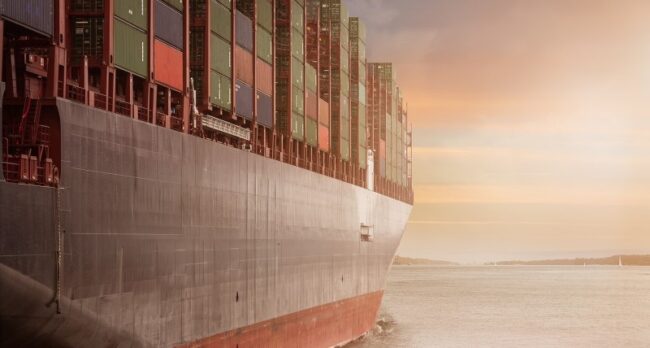
Alright, let’s compare these two terms side by side:
| Aspect | FOB | DAP |
| Risk and responsibility transfer | Risk transfers upon loading. | Risk transfers upon delivery at the specified place. |
| Logistics and control | Buyer has more control over shipping arrangements. | Seller handles most logistics, giving the buyer less control. |
Factors Influencing the Choice Between FOB and DAP
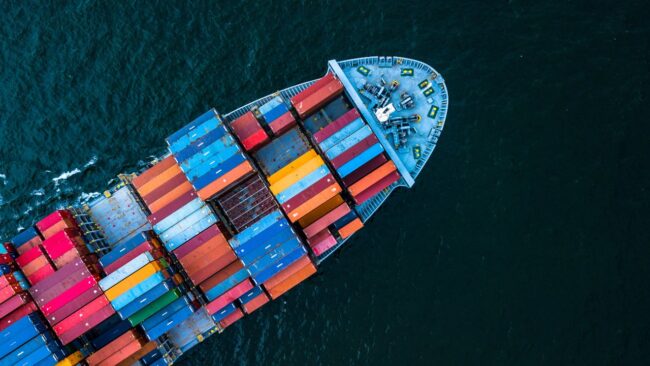
Nature of The Goods
Are they perishable or fragile? This can influence the best shipping term.
Buyer’s Familiarity
If the buyer knows the destination’s import regulations well, they might prefer one term over the other.
Cost Considerations
Think about freight, insurance, and other expenses.
Relationship between buyer and seller
A long-standing relationship might lead to more flexible terms.
Tips for Negotiating FOB and DAP Agreements

Navigating the world of international shipping can be tricky, but with the right approach, you can ensure a smooth transaction. Here are some tips:
- Clear Communication: Always ensure there’s open communication between you and the other party. Understand each other’s responsibilities and expectations.
- Highlight Specific Terms: When drafting the contract, highlight specific terms and responsibilities. This will prevent any misunderstandings later on.
- Engage Experts: Consider working with freight forwarders and customs brokers. They can provide valuable insights and handle some of the more complex aspects of shipping.
Pro Tip: Always review the shipping terms periodically, especially if you have an ongoing relationship with the seller. Market dynamics change, and what worked once might not be the best option now.
The Environmental Impact of Shipping Choices
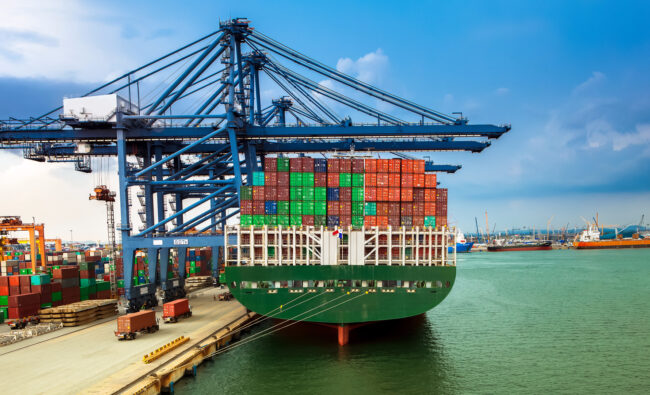
In today’s world, where sustainability and environmental consciousness are at the forefront, it’s essential to consider the environmental impact of our choices, including shipping terms.
Carbon Footprint and Shipping Modes
Different modes of transportation have varying carbon footprints. For instance, sea freight is generally more carbon-efficient than air freight. When choosing between FOB and DAP, consider which mode of transportation will be predominantly used.
If a buyer under FOB opts for air freight due to urgency, the carbon footprint might be significantly higher than if the seller under DAP chooses sea freight.
Packaging Considerations
Sustainable packaging can reduce the environmental impact of shipping. Under FOB, the buyer has more control over packaging choices once the goods are loaded, while under DAP, the seller has more influence over the packaging used throughout the transportation process.
Waste and Returns
The choice of shipping terms can also influence the waste generated. For instance, if goods are damaged during transit under DAP, the seller might have to resend the products, leading to double the transportation for a single sale. On the other hand, under FOB, the buyer might have better quality control measures in place, reducing the chances of returns and wastage.
Pro Tip: Consider using a carbon offset program to neutralize the environmental impact of your shipping activities. These programs invest in renewable energy, reforestation, and other projects that counterbalance the carbon emissions from transportation.
FAQ
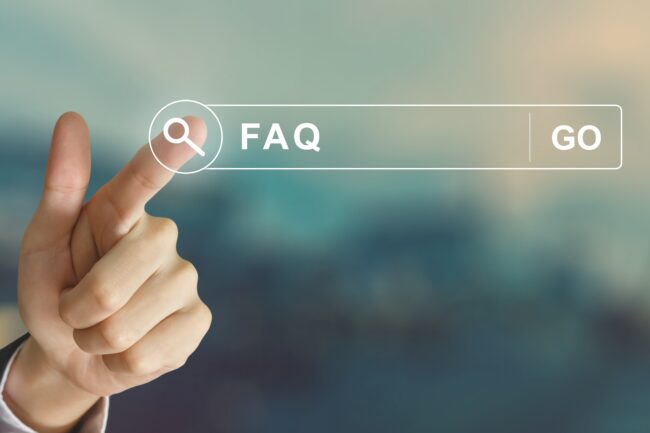
What Does FOB Stand for In Shipping?
Free On Board
What Does DAP Mean in Shipping?
Delivered at Place
How Does Risk Transfer Differ Between FOB and DAP?
In FOB, the risk transfers upon loading, while in DAP, it transfers upon delivery at the specified place.
Who Bears the Responsibility for Customs Clearance Under FOB and DAP?
Under FOB, the buyer is responsible, while under DAP, the seller handles export customs, and the buyer handles import customs.
Which Shipping Term Offers More Control to The Buyer?
FOB offers more control to the buyer in terms of shipping arrangements.
How Do I Choose Between FOB and DAP for My Shipment?
Consider factors like the nature of goods, familiarity with import regulations, cost considerations, and the relationship with the seller.
Can the Choice of Shipping Terms Affect the Overall Cost?
Yes, depending on responsibilities like freight, insurance, and duties, the overall cost can vary.
What Are the Main Considerations for Negotiation in FOB and DAP Agreements?
Clear communication, understanding of responsibilities, and engagement of experts are key.
Conclusion
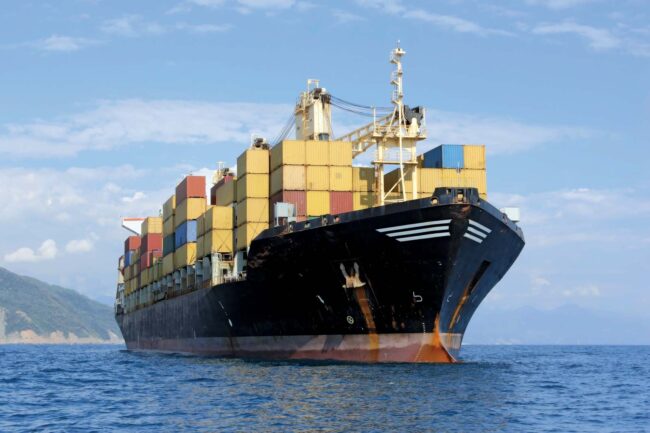
Choosing between FOB and DAP is more than just understanding definitions. It’s about assessing your needs, understanding the risks, and making an informed decision.
Remember, every transaction is unique, and what works for one might not work for another. Stay informed, negotiate well, and here’s to seamless international shipping! Safe travels to your goods!
